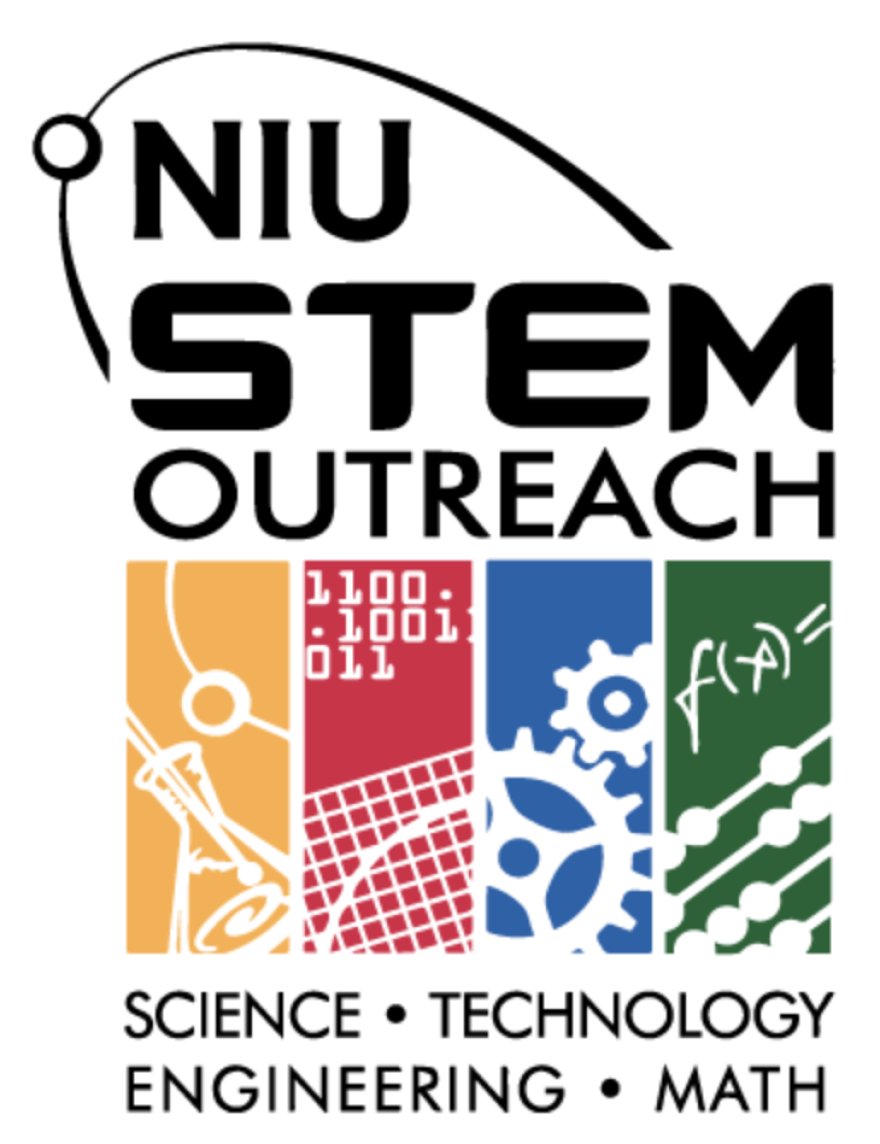Sam: Welcome to the Sound of Science on WNIJ. I’m Sam from NIU STEM Outreach.
Nicole: And I’m Nicole James from NIU Department of Chemistry and Biochemistry. I researched non-Newtonian fluids for my PhD.
Sam: If you’ve ever been to our booth at Corn Fest and ran through our Oobleck trough, then you have an idea as to what non-Newtonian fluids are. But if you haven’t, a non-Newtonian fluid is a fluid that behaves differently depending on how you treat it. For example, Oobleck is a non-Newtonian fluid made of cornstarch particles mixed with water. When stirred gently, it feels like pancake batter—it’s very liquid-like—but if you punch it, it acts like a solid and can even crack.
Nicole: We often think of things as either liquids or solids - but sometimes things fall somewhere in between.
Sam: That has actually been contentious for quite a while. Non-Newtonian fluids are important to geologists, engineers, chemists, and physicists, but they all use different tools and focus on different things. Nicole helped bring clarity for a very muddled debate.
Nicole: I worked in a granular physics lab, and there it’s all about the particles in the fluid. I was synthesizing particles to make a non-Newtonian fluid and I found that what I had made felt a lot like Oobleck. That was a big surprise since that solidification and cracking you can feel with Oobleck is really unique! The particles I made were a very different size and shape than cornstarch particles, but they had one thing in common: they had a lot of potential hydrogen bonding sites. Then I tested a range of other particles in various fluids until we were confident that the unique solidification behavior you see in Oobleck is due to the chemistry of the particle.
Sam: Hydrogen bonds are one of the strongest reversible interactions that form between different molecules or surfaces. When oobleck is stirred or punched, the cornstarch particles get pushed close together. Then the surfaces can ‘feel’ each other and form hydrogen bonds. This provides a lot of friction that prevents the particles from slipping past each other.
Nicole: When lots of particles interact like this, it creates a network that acts like a solid. However, if you stop pushing the particles together like that, water can get back in-between and break up these contacts, causing the mixture to turn back into a liquid-like state.
Sam: Thank you Nicole for solidifying this very viscous topic! This is the Sound of Science on WNIJ.
Nicole: Where you learn something new every day.



